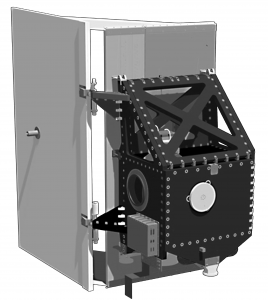
As previously reported, several options were evaluated to return TIRS to nominal operation, of which two were considered to be the best options: remaining on the A-side electronics and using a new but not fully tested operations concept for the sensor; or switching to the redundant B-side electronics and continuing with the existing pre-anomaly operations concept.
Switching to the redundant electronics was selected as it provides the quickest path to a full return to normal operations with minimal risk, providing the best quality science data along with the potential for an extended mission life. The switch will be performed on Monday, March 2, 2015. OLI imaging will be suspended for 2 orbits (approximately 3 hours) while the switch is performed. TIRS imaging will be suspended while TIRS B-side commissioning and checkout activities are completed.
TIRS will resume normal operational imaging on Monday, March 9, 2015 and products will be generated using early calibration parameters. Data collected during the anomaly and B-side commissioning will be reprocessed using updated calibration parameters over the next several months.
A more detailed reprocessing schedule will be posted by USGS in the near future.

Be Part of What’s Next: Emerging Applications of Landsat at AGU24
Anyone making innovative use of Landsat data to meet societal needs today and during coming decades is encouraged to submit and abstract for the upcoming “Emerging Science Applications of Landsat” session at AGU24.





